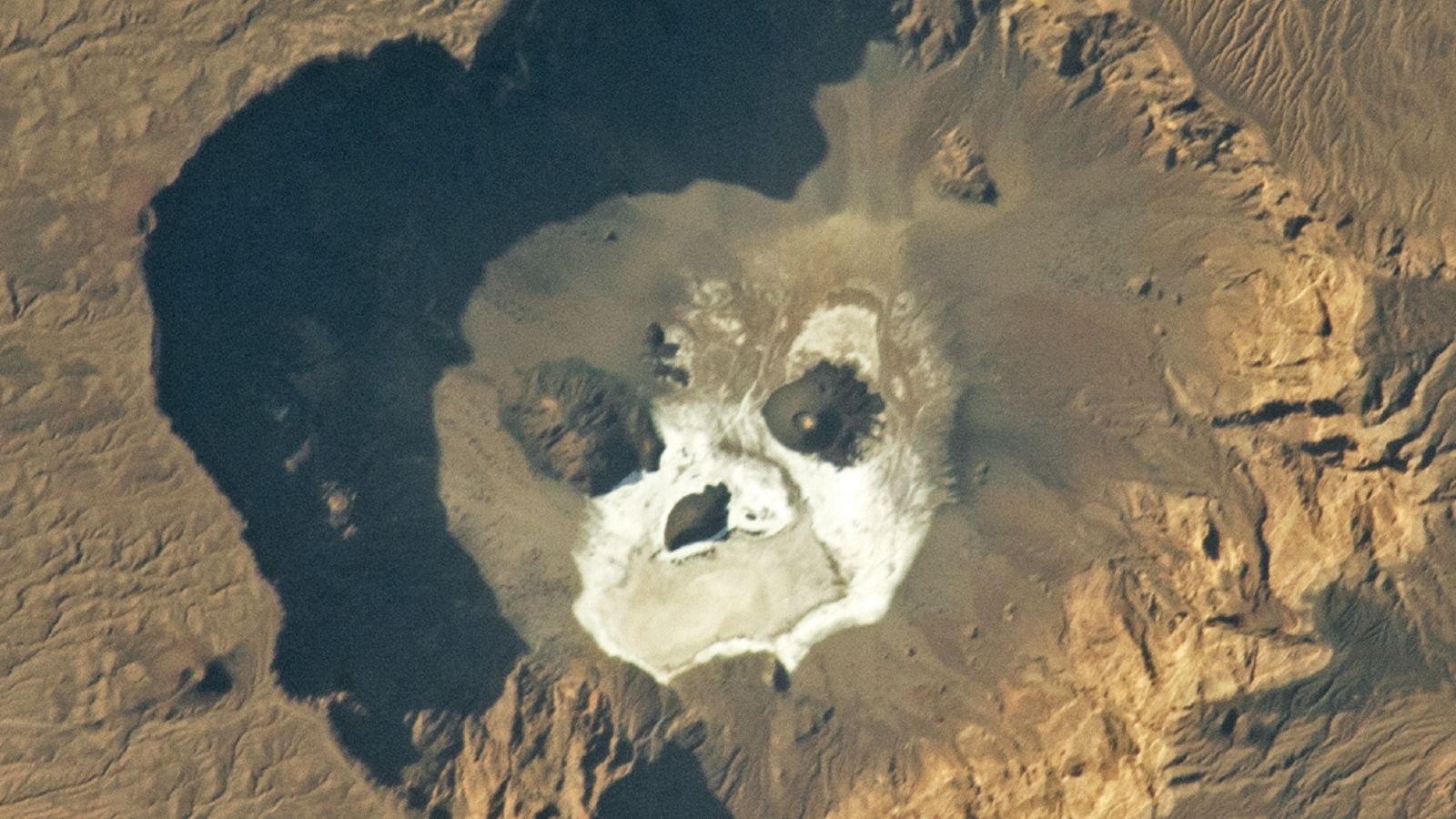In the vast desert of southwestern Libya, archaeologists uncovered a rare burial site that challenges long-standing assumptions about prehistoric human migrations. Among the 15 ancient individuals buried in the Takarkori rock shelter were two remarkably preserved women whose DNA is now reshaping our understanding of human ancestry. These findings, published in Nature, shed light on a mysterious lineage isolated for tens of thousands of years. Far from being a simple crossroad between populations, the “Green Sahara” may have been a secluded cradle for a unique people.
A Desert That Wasn’t Always Dry
The Sahara we know today—vast, arid, and seemingly lifeless—looked very different between 5,000 and 14,000 years ago. In what researchers now call the “Green Sahara,” the landscape once bloomed with rivers, grasslands, and freshwater lakes. Wildlife thrived here, and so did humans. But who they were, and how they fit into the human family tree, remained unanswered questions—until now.
Recent genetic analysis of two naturally mummified women from the site of Takarkori, a prehistoric rock shelter near Libya’s border with Algeria, reveals the presence of a previously unknown human lineage. These women were part of a pastoralist society—livestock herders who likely relied on goats, sheep, fishing, and hunting. Despite their mobile lifestyle, what surprised scientists was their genetic isolation.
As Johannes Krause, a geneticist at the Max Planck Institute for Evolutionary Anthropology and co-author of the study, told Reuters:
“The individuals who lived in the green Sahara showed ‘no significant genetic influence from sub-Saharan populations to the south or Near Eastern and prehistoric European groups to the north.’”
The implications are staggering. Despite living in what was long assumed to be a human migration corridor, this population appears to have remained genetically self-contained for tens of thousands of years.


Isolation in the Midst of Mobility
One of the most startling aspects of the study, published in Nature this October, is the contrast between cultural exchange and genetic continuity. These women—dated to around 5,000 BCE—were not living in isolation geographically. They were part of a community practicing animal husbandry, a technology that originated far outside Africa. Yet, their genes tell a different story.
“This suggests they remained genetically isolated despite practicing animal husbandry—a cultural innovation that originated outside Africa,” Krause adds.
How could a population adopt such advanced techniques without mixing genetically with surrounding peoples? It’s a question that challenges established narratives about how cultures and genes spread. Many researchers had long assumed that technologies like herding spread primarily through migrating populations, but the evidence from Takarkori points instead to knowledge diffusion without gene flow.
“It’s surprising,” says Eugenia D’Atanasio, a geneticist at Sapienza University of Rome who was not involved with the research. “I would have expected more gene flow across the green Sahara.”
These results suggest a far more fragmented prehistoric Africa than previously believed—one in which populations could coexist across geographic regions for millennia without significant interbreeding.
Ancient Fossils With Modern Surprises
The two skeletons, both women in their 40s, were extraordinarily well-preserved, retaining skin, ligaments, and other tissues. While researchers had previously recovered only their mitochondrial DNA, they were recently able to sequence their full genomes. The genetic signatures they found defied expectations.
According to the analysis, this group branched off from the ancestors of modern sub-Saharan Africans roughly 50,000 years ago, yet remained genetically distinct until their deaths thousands of years later.
Krause emphasized the unique nature of this group in an interview with BBC Science Focus:
“These individuals were ‘almost like living fossils.’ If you’d told me these genomes were 40,000 years old, I would have believed it.”
In a world where humans are often defined by migration and mixing, the discovery of such long-term genetic stasis is both puzzling and revealing. It hints at a prehistoric Africa teeming with diverse, isolated populations, some of which left only faint traces—until now.
A New Lineage In The Human Story
As the field of paleogenomics continues to grow, discoveries like those from Takarkori are reshaping the way we understand early human history, particularly on the African continent. The Nature study is especially notable for revealing a lineage that appears genetically unique, possibly lost in the shuffle of later population movements.
Though the dataset remains small—only two individuals—the implications are wide-ranging. As Mary Prendergast, an anthropologist at Rice University, noted in a commentary,
“Research is just beginning to reveal Africa’s complex population history, uncovering lineages barely detectable in the genomes of present-day people.”
Takarkori is now more than an archaeological site. It’s a time capsule, offering a rare glimpse into a human story that remained hidden beneath the sands for millennia.
Source link


